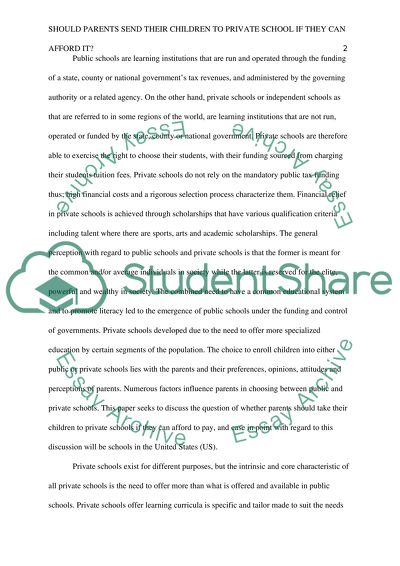Cite this document
(“Should Parents Send their Children to Private School If They Can Essay”, n.d.)
Should Parents Send their Children to Private School If They Can Essay. Retrieved from https://studentshare.org/education/1495024-should-parents-send-their-children-to-private-school-if-they-can-afford-it
Should Parents Send their Children to Private School If They Can Essay. Retrieved from https://studentshare.org/education/1495024-should-parents-send-their-children-to-private-school-if-they-can-afford-it
(Should Parents Send Their Children to Private School If They Can Essay)
Should Parents Send Their Children to Private School If They Can Essay. https://studentshare.org/education/1495024-should-parents-send-their-children-to-private-school-if-they-can-afford-it.
Should Parents Send Their Children to Private School If They Can Essay. https://studentshare.org/education/1495024-should-parents-send-their-children-to-private-school-if-they-can-afford-it.
“Should Parents Send Their Children to Private School If They Can Essay”, n.d. https://studentshare.org/education/1495024-should-parents-send-their-children-to-private-school-if-they-can-afford-it.


